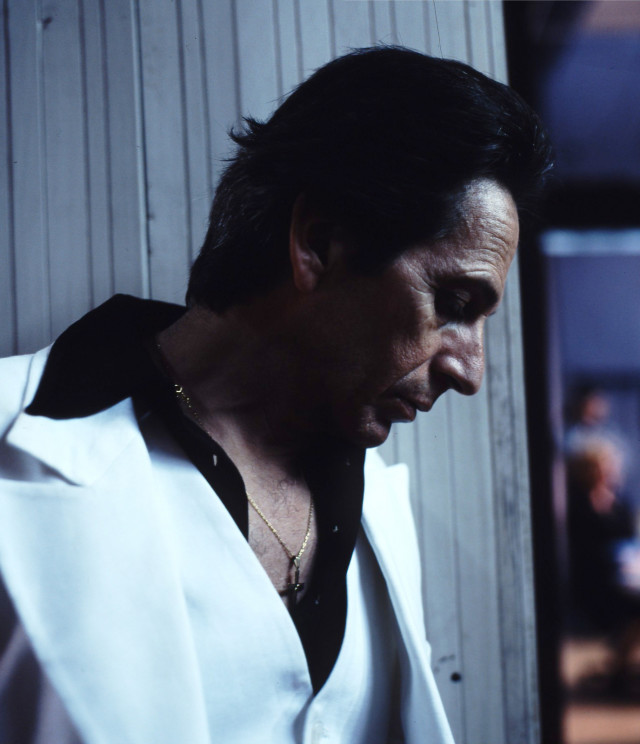Night Fever

Stayin’ alive takes on new meaning when Raúl (Alfredo Castro) puts on his Travolta suit.
Raúl(Alfredo Castro) is a 52-year-old so enamored of Saturday Night Fever that he attends the tacky local cinema where it’s playing and repeats the dialogue back to the screen in a desperate stupor. It’s 1978 in Santiago, Chile, so we assume that Raúl’s obsession with Travolta’s Tony Manero, who famously escaped his drudgery via the disco floor, results from a deadened hope for his own escape. The desire to flee the tyranny of the Pinochet regime made this sympathetic soul, we tell ourselves, a numbed moviegoer.
However, a few minutes into the startling Tony Manero, which opens this weekend at the Northwest Film Forum, we discover that Raúl has been numbed into something else altogether.
This corrosive character study from director Pablo Larrain (who co-wrote the film with his lead actor and Mateo Iribarren) brings to mind James Baldwin’s observation—in his “A Stranger in the Village” essay—that “anyone who insists on remaining in a state of innocence long after that innocence is dead turns himself into a monster.” To say too much else would rob the film of its brutal velocity. Its plot punches along with such vicious conviction that even the predictable turns hit hard and fast.
Raúl, intent on winning a popular TV competition’s Travolta impersonation contest, leads a sort of woeful dance troupe/commune in a decaying tenement. He keeps them busy building and rehearsing a tiny stage show that’s a cheap approximation of Fever right down to the tiles under their feet. “Your glass floor,” a lover tells Raúl after another sexual letdown, “is the only thing that can turn you on.”
All of the women around Raúl, no matter their age or beauty, treat him as something special despite the fact that he’s remote, incapable of real intimacy or even sex, and only questionably attractive (he resembles, at best, a beaten-down Pacino). Director Larrain and his co-writers set Raúl up as the empty vessel for everybody else’s hopes. (The relationships and living situation, however, remain a little undefined. We don’t quite know who these people are to each other or why they’re there.)
To our increasing horror, we do get where Raúl’s coming from. The film looks and feels like it could have been shot in 1978. Larrain and cinematographer Sergio Armstrong capture the perilous gloom of life under Pinochet, with its night patrols, secret police, and sudden “disappearances,” while Castro conveys a simmering torpor in the lead—he’s the perfect Meursault for this South American The Stranger. And who hasn’t wanted to lose himself in dreams when the world seems without reward?
Some of the violent twists here possess pitch-black comic payoffs; pity the cinema that moves on from Fever to start showing Grease. Yet each turn of the screw shows us what can happen in any society that ignores reality in favor of an ever-vanishing fantasy. Single-minded escapism only transforms Raúl into the very thing he’s trying to elude.
